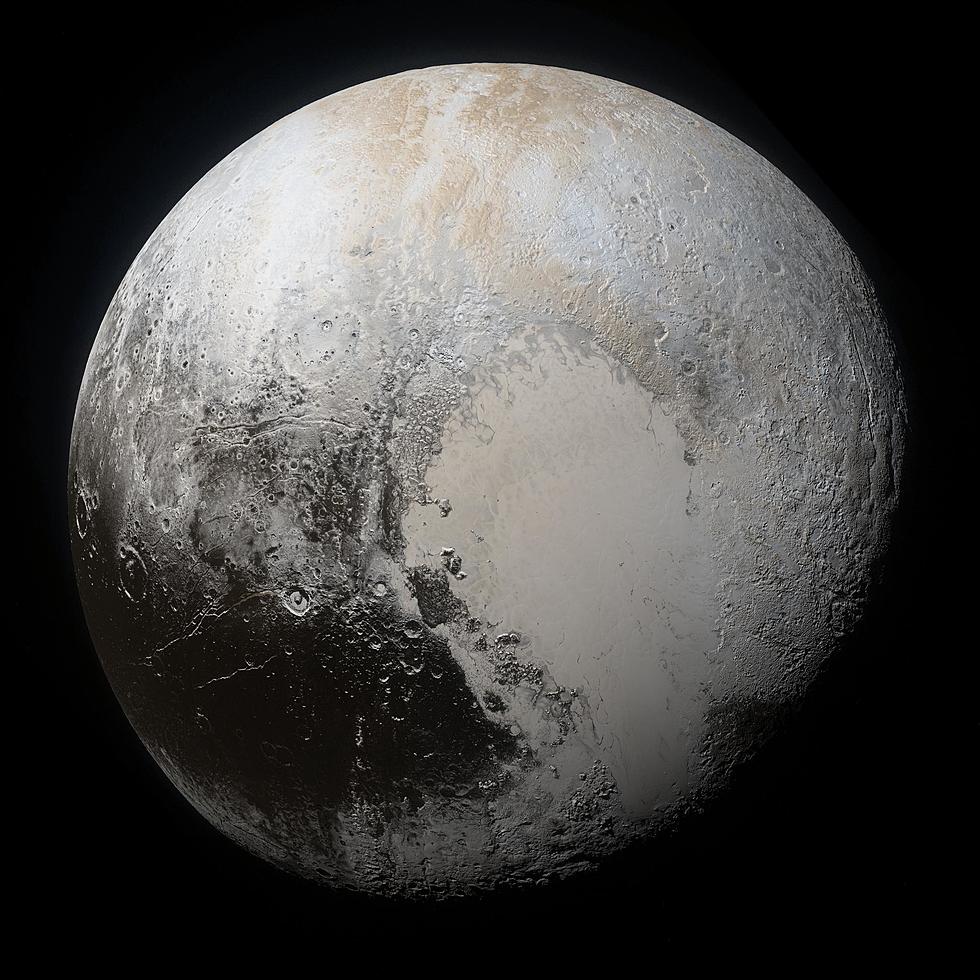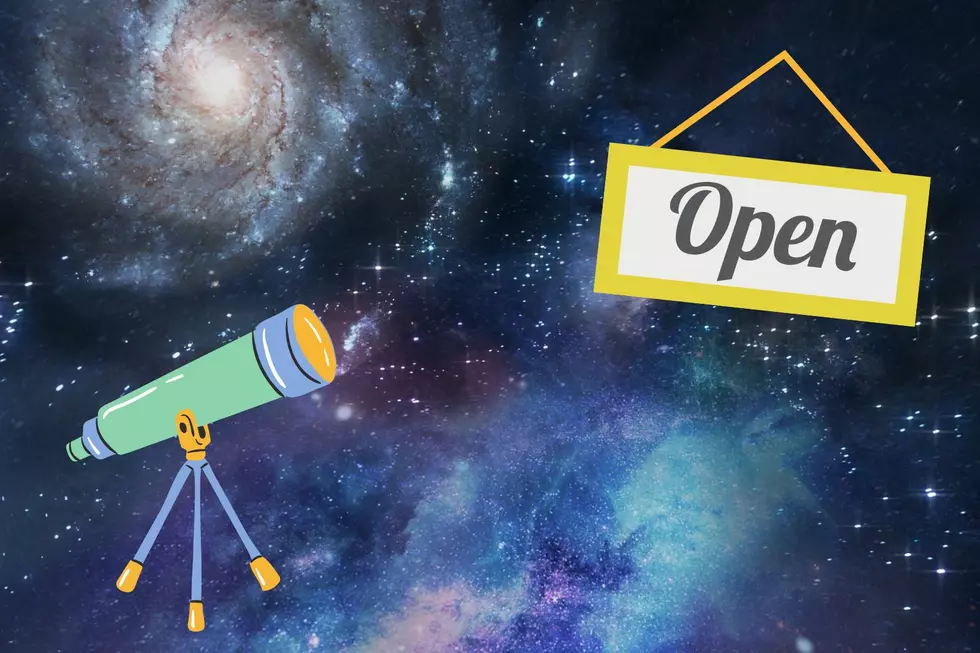
Focus on Pluto, Perseid Showers At UW Planetarium For August
The Perseid meteor shower and Pluto are the two subjects that will highlight the schedule at the University of Wyoming Harry C. Vaughan Planetarium during August.

The Perseids are a prolific meteor shower associated with the comet Swift-Tuttle.
In August 2006, Pluto was reclassified from a planet to a dwarf planet. The reclassification was triggered by the discovery of many additional objects (the Edgeworth-Kuiper Belt) out beyond the orbit of Neptune.
A film and a special live talk for audiences will be featured each week.
To get tickets or receive more information about programs, email planetarium@uwyo.edu or call (307) 766-6506.
Tickets are $5 for the public and $3 for students, senior citizens, veterans, first responders, and those under 18. Seating is free for children under 5.
The August schedule is as follows:
- “From Earth to the Universe,” Saturday, August 7, 2 pm. This 30-minute voyage takes the audience out to the colorful birthplaces and burial grounds of stars, and farther out beyond the Milky Way to the unimaginable immensity of myriad galaxies.
- “Wyoming Skies -- Perseid Special,” Friday, August 13, 7 pm. This program provides an exploration of the stars, constellations, planets, meteor showers, and other celestial phenomena visible from Wyoming for the season, wish a special focus of Perseid.
- “Hot and Energetic Universe,” Saturday, August 14, 2 pm. High-energy astrophysics plays a key role in understanding the universe.
- “Exploration of Jupiter,” Friday, August 20, 7 pm. As the most massive object besides the sun in the solar system, Jupiter is a necessary drive-by for every mission to the outer solar system.
- Full-dome movie: “Mayan Archaeoastronomy: Observers of the Universe,” Saturday, August 21, 2 pm. This film tours six Mayan temples: San Gervasio, Chichen Itzá, Uxmal, Edzná, Palenque and Bonampak.
- “Wyoming Skies,” Tuesday, August 24, 7 pm. This program provides an exploration of the stars, constellations, planets, meteor showers, and other celestial phenomena visible from Wyoming for the season.
- “Pluto and the Kuiper Belt,” Friday, August 27, 7 p.m. Audience members can learn why Pluto was demoted and observe the data and discoveries of the New Horizons mission to the farthest reaches of our solar system.
- Full-dome movie: “The Sun: Our Living Star,” Saturday, August 28, 2 pm. Viewers will discover the secrets of the sun and experience never-before-seen images of its violent surface in immersive full-dome format.
All programs are approximately an hour in length.
If you have a group larger than six, it is recommended to contact the planetarium for a private show here.
KEEP LOOKING: See What 50 of America's Most 'Pupular' Dog Breeds Look Like as Puppies
More From 101.9 KING-FM
![[LOOK] Meet the Dinosaurs That Roamed Across Pre-Historic Wyoming](http://townsquare.media/site/98/files/2024/04/attachment-wyoming-dinosaurs.jpg?w=980&q=75)








